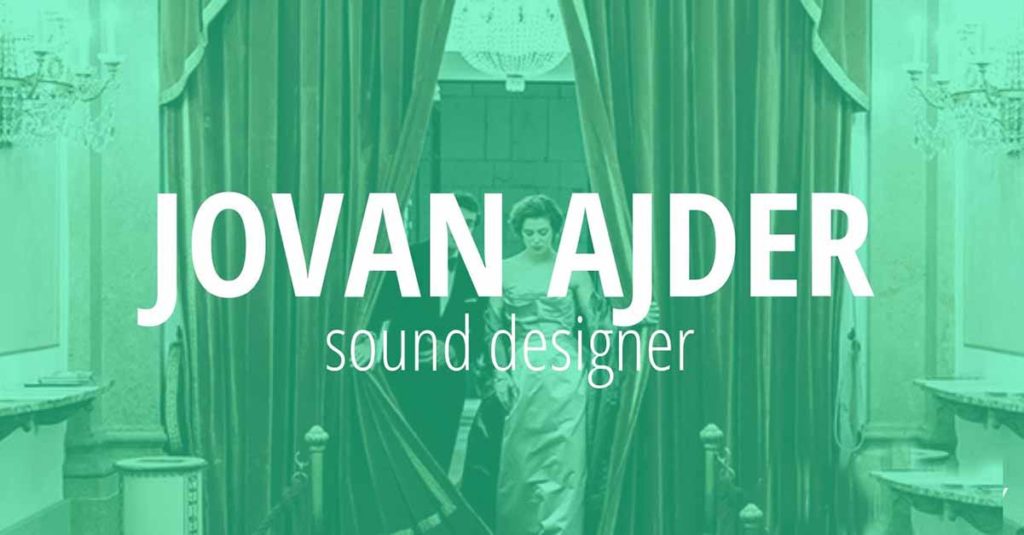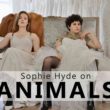In this interview from the ebook Tour of Memories, sound designer Jovan Ajder discusses The Souvenir and his ongoing collaboration with Joanna Hogg. He touches on the challenges of sound capture on a shoot involving so much improvisation and gesturing at the world beyond the frame through sound. He also discusses mixing a quiet film and using diegetic music and soundscape as score.
To read the full interview, get your copy of the ebook Tour of Memories now.

Sound designer Jovan Ajder has collaborated with Joanna Hogg on all of her features, starting with Unrelated. Ajder starts working on Hogg’s films before the cameras are even rolling. “I’m usually involved in the start, [during pre-production,] talking and liaising with the production sound recordists, so we know where we are at and what pitfalls we are due in for, and anything that we can [do to] help the process along.”
Ajder’s pre-production work influenced the sets. Ajder collaborated with production designer Stéphane Collonge to ensure the set designs would allow the team to capture realistic ambient sounds. Similarly, Ajder convinced Collonge of the need to reduce unwanted background noise. This sometimes meant changing the materials of the flooring, curtains, or furniture.
When post-production begins
Ajder steps back during the filming process, but he oversees a large team of specialized sound editors when post-production begins. “In the sound post-production process, we split disciplines of sound editing because it can’t be achieved through one editor. There’s too much work. We have a dialogue editor, an effects editor, a supervising sound editor, like myself, an ADR editor, if need be, and a music editor. All those disciplines are separate, and they have specialists.” At this point, Ajder and his team clean up the production sound, cut the music, and create the sound effects (e.g., footsteps, cars in the street).
Jovan Ajder on mixing and editing sound on Hogg’s films
Editing and mixing the sound for one of Hogg’s films usually takes two or three months. “Once the editing is finished, we have the mixing side of things where you have a pre-mix and a final mix. That is where Joanna sits with me, and we’ll mix all the elements together.” Their process involves exploration and experimentation. “When you watch the film once, you get ideas immediately, and you put something down. From one idea, something else comes from it. It could be a happy accident.”
“Joanna really likes the sound process. She likes sitting there, throwing out ideas, and listening, which is nice because you feel the work is being valued. Other directors, they don’t really care for it that much. Any director worth his salt usually cares a lot. It makes a huge, unconscious difference, as soon as you have bad sound and bad music.”
The exact mixing process “depends on the type of film and how much space we have to work with. When I say space, I mean between dialogue and what’s happening on and off screen. Joanna likes this implied storyline behind the most obvious storyline, so we have sound effects making you subtly think something else is going on; without the viewer actually knowing, they’ve been influenced by the sound. We had more space on previous films, so we could have a lot more sound effects, a lot more implying of the outside world and the internal world through sound. For Exhibition, we had a lot more space between the dialogue. In The Souvenir, we have a lot of dialogue, and that limits you with what you can do with the sound, at times. The Souvenir was [also] a quieter film, more introspective from a sound point of view.”
Read more excerpts from the book here.

